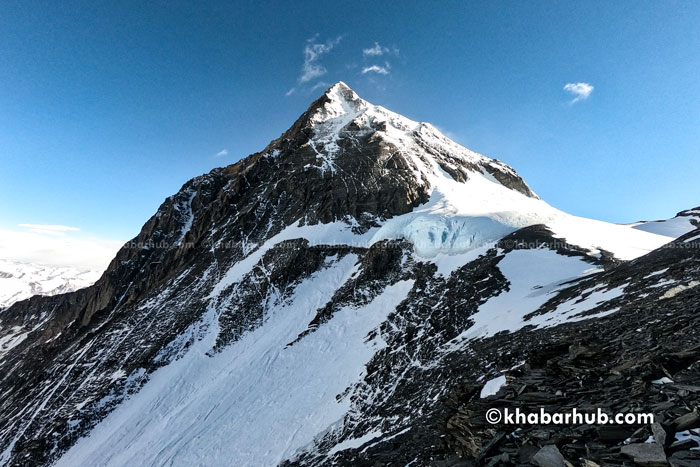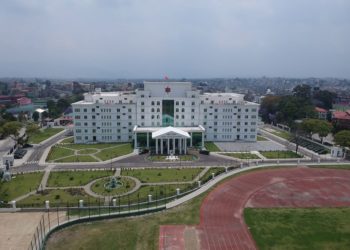KATHMANDU: Due to its unique topography and geological characteristics, Nepal is highly vulnerable to climate change.
According to a study by the international organization ‘German Watch,’ Nepal ranks 10th among countries at high risk from climate change based on the Long-Term Climate Risk Index (2000–2019) conducted in 2011.
The impacts of rising temperatures due to climate change are more pronounced in the Himalayan region.
This has led to increased snowmelt, the formation of new glacial lakes, the expansion of existing glaciers, and a higher risk of glacial lake outburst floods.
Nepal faces significant human and economic losses annually due to climate-related disasters, as noted in the Economic Survey for the fiscal year 2023/24 released by the Nepal government.
To mitigate and adapt to the impacts of climate change, policy, legal, and institutional arrangements have been implemented.
The Intergovernmental Panel on Climate Change (IPCC) Assessment Report indicates that the Earth’s average temperature has increased by 1.1 degrees Celsius compared to the period between 1850 and 1900.
Rising temperatures pose a growing challenge to maintaining the balance between human communities and ecological systems.
The Economic Survey highlights that human-induced activities are escalating climate-related disasters.
Increased temperatures, unseasonal rainfall, heavy rains, and droughts have led to a decline in production and productivity, significantly affecting employment, income, and livelihoods.
Various bodies and structures are actively implementing arrangements such as the United Nations Framework Convention on Climate Change (UNFCCC), the Kyoto Protocol, and the Paris Agreement to address climate change issues.
Nepal, as a party to these treaties, is actively working on mitigating and adapting to the impacts of climate change.
A 2023 study by the International Centre for Integrated Mountain Development (ICIMOD) found that the glacier mass in the Hindu Kush Himalayan region has decreased by 65%.
The study predicts that by 2050, the melting snow will lead to increased water flow in the main river basins of the region.
Although rapid snowmelt will initially raise river water volumes, long-term projections suggest a decrease in water volume.









Comment